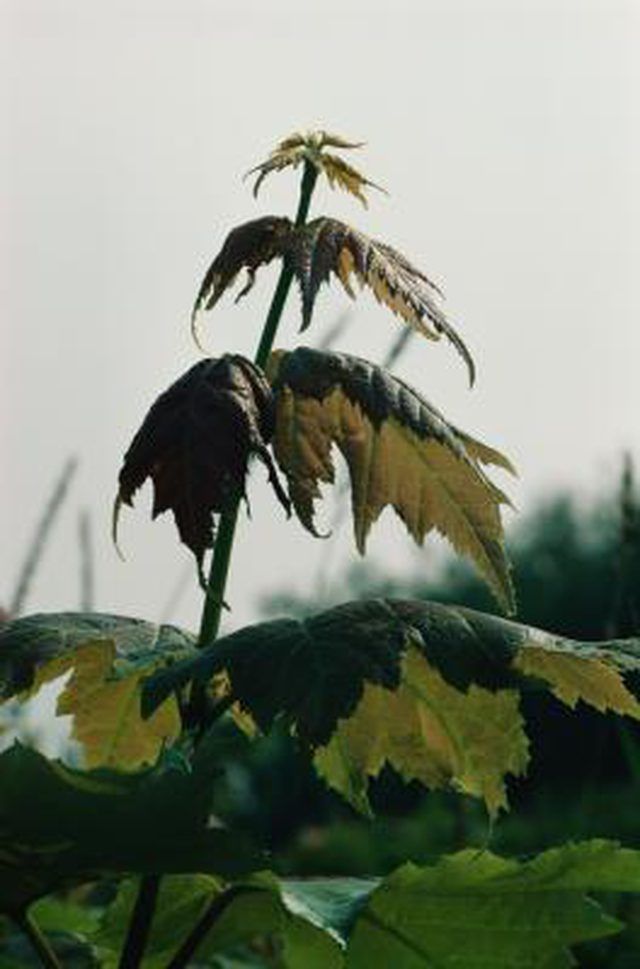Bulbs
Flower Basics
Flower Beds & Specialty Gardens
Flower Garden
Garden Furniture
Garden Gnomes
Garden Seeds
Garden Sheds
Garden Statues
Garden Tools & Supplies
Gardening Basics
Green & Organic
Groundcovers & Vines
Growing Annuals
Growing Basil
Growing Beans
Growing Berries
Growing Blueberries
Growing Cactus
Growing Corn
Growing Cotton
Growing Edibles
Growing Flowers
Growing Garlic
Growing Grapes
Growing Grass
Growing Herbs
Growing Jasmine
Growing Mint
Growing Mushrooms
Orchids
Growing Peanuts
Growing Perennials
Growing Plants
Growing Rosemary
Growing Roses
Growing Strawberries
Growing Sunflowers
Growing Thyme
Growing Tomatoes
Growing Tulips
Growing Vegetables
Herb Basics
Herb Garden
Indoor Growing
Landscaping Basics
Landscaping Patios
Landscaping Plants
Landscaping Shrubs
Landscaping Trees
Landscaping Walks & Pathways
Lawn Basics
Lawn Maintenance
Lawn Mowers
Lawn Ornaments
Lawn Planting
Lawn Tools
Outdoor Growing
Overall Landscape Planning
Pests, Weeds & Problems
Plant Basics
Rock Garden
Rose Garden
Shrubs
Soil
Specialty Gardens
Trees
Vegetable Garden
Yard Maintenance
How to Stop Saplings from Growing in the Garden
How to Stop Saplings from Growing in the Garden. Volunteers typically are thought of warmly because they’re folks who help others out of the goodness of their hearts. Volunteer saplings that spring up seemingly overnight in a garden don’t evoke such kind emotions. If you had wanted trees in your garden, you would have planted them...

Volunteers typically are thought of warmly because theyíre folks who help others out of the goodness of their hearts. Volunteer saplings that spring up seemingly overnight in a garden donít evoke such kind emotions. If you had wanted trees in your garden, you would have planted them yourself. Because these undesirable young trees are seeded by wind and wildlife, you can expect future intrusions. The key to keeping unwanted saplings under control is immediate action. If you destroy weedy saplings soon after they sprout, theyíre far easier to manage than later and without resorting to using chemical herbicides.
Things You'll Need
Spade
Hoe or cultivating fork
Newspaper
Mulch
Ruler
Check your garden carefully for newly sprouted saplings every day or about every day, particularly during rainy seasons.
Pull up each weedy sapling by its roots as soon as you see it. Use your hand or hands for the task.
Dig up bigger saplings by using a spade. Doing so isnít difficult because very young trees donít have well-developed root systems.
Dispose of the removed saplings in the trash. Donít add them to a composting bin or compost pile because they may survive, root and begin to grow in that fertile environment.
Break up your garden's soil with a hoe or cultivating fork at least once weekly. Most viable weed and tree seeds reside within the top 1 inch of garden soil, which allows them access to enough light and nutrients for successful sprouting. Regular cultivation turns up the seeds and exposes them to the elements, destroying them in the process.
Cover all non-planted areas of your garden with a double thickness of newspaper. Newspaper prevents light from reaching the soil but allows water to seep into the soil. Cover the newspaper with a 2- to 3-inch layer of mulch. This strategy keeps tree and weed seeds in the soil from sprouting while maintaining a tidy appearance in the garden.